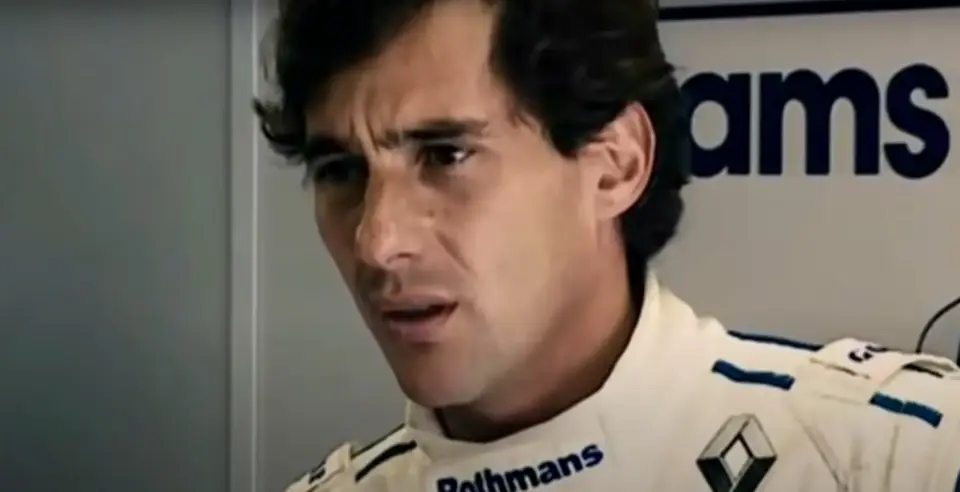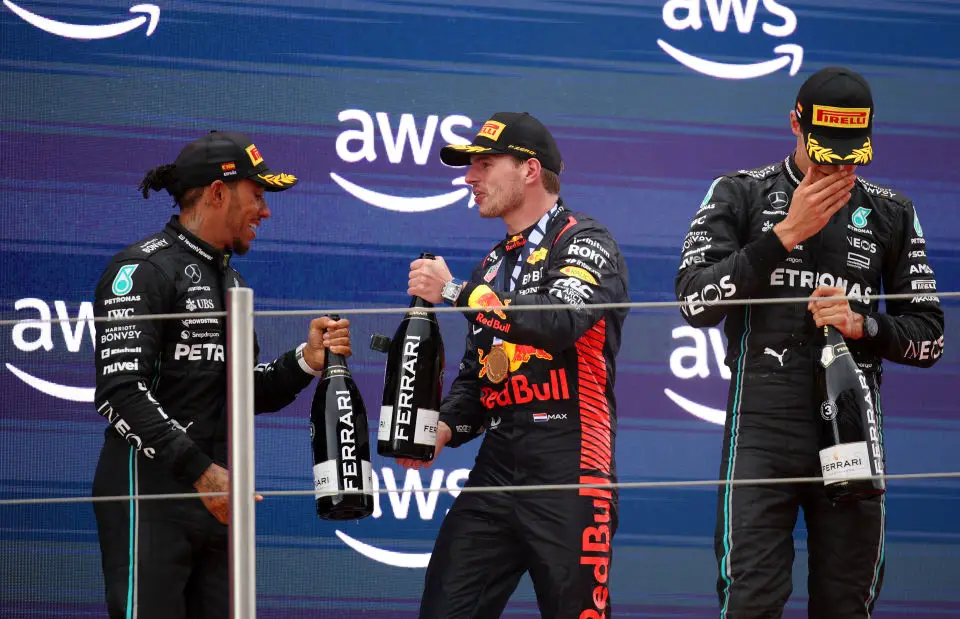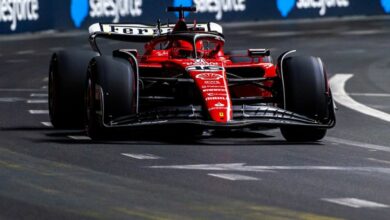F1 Rivalry Echoes Senna-Prost Era: Verstappen and Hamilton’s Competitive Dynamics
The ongoing rivalry between F1 champions Max Verstappen and Lewis Hamilton has been likened to the legendary Senna-Prost era, with only the “most devious” predicted to triumph in such a dynamic.
Key Takeaways:
- Comparative Analysis: Former F1 driver Johnny Herbert draws parallels between Verstappen and Hamilton’s rivalry and the historic competition between Ayrton Senna and Alain Prost. Herbert emphasizes the challenges and intensity of managing two top-tier drivers within the same team.
- Record-Breaking Pursuits: While Hamilton’s record of 103 Grand Prix wins remains unchallenged, Verstappen’s rapid ascent in the sport poses a potential threat to Hamilton’s legacy. This competition fuels their rivalry further.
- Team Dynamics and Potential Conflicts: Herbert speculates on the difficulties Red Bull would face if Hamilton joined Verstappen, predicting an “uncontrollable ego mess” and emphasizing that such a team composition is likely unmanageable.


The world of Formula 1 has seen its share of intense rivalries, but few have captivated audiences like the current competition between Max Verstappen and Lewis Hamilton. Former F1 driver Johnny Herbert, speaking to PlanetF1.com, has likened this rivalry to the famous Senna-Prost clash of the late 1980s. This comparison underscores the intensity and complexity of the relationship between Verstappen and Hamilton, two of the sport’s most successful drivers.
Hamilton, a seven-time World Champion, has been a dominant force in Formula 1, with an unparalleled record of 103 Grand Prix victories. However, his success has plateaued in recent months, leaving room for Verstappen’s rapid rise in the sport. Verstappen’s pursuit of Hamilton’s records is not just a chase for numbers but a quest for supremacy in a sport that celebrates speed, skill, and strategy.
The speculation about what would happen if Hamilton joined Verstappen at Red Bull adds an intriguing dimension to their rivalry. Herbert points out the potential challenges of managing such a pair, emphasizing that teams often avoid pairing two highly competitive drivers due to the risks involved. He notes that the combination of Hamilton and Verstappen, who have collectively won nearly every championship in the last decade, would be explosive and possibly unmanageable.
Drawing on the historical reference of Senna and Prost, Herbert articulates the complexity of such a relationship within a team. He highlights the near impossibility of managing two elite drivers vying for the same goal, particularly in a team environment. The comparison with the Senna-Prost rivalry, which was marked by intense competition and occasional conflict, suggests a similar trajectory for Verstappen and Hamilton if they were to become teammates.
Herbert elaborates on the dynamics within Red Bull, suggesting that the team’s support would likely favor Verstappen, the current frontrunner. He questions the feasibility of balancing support fairly between Verstappen and a champion like Hamilton. This scenario, according to Herbert, could lead to an “uncontrollable ego mess,” with the more devious driver likely emerging on top.
In conclusion, the comparison of Verstappen and Hamilton’s rivalry to the legendary Senna-Prost era not only highlights the intensity and competitiveness of modern Formula 1 but also raises questions about team dynamics, driver management, and the pursuit of greatness in the sport. The potential pairing of these two champions at Red Bull, while a tantalizing prospect, remains a complex and challenging scenario, fraught with the risk of conflict and the need for astute management.


